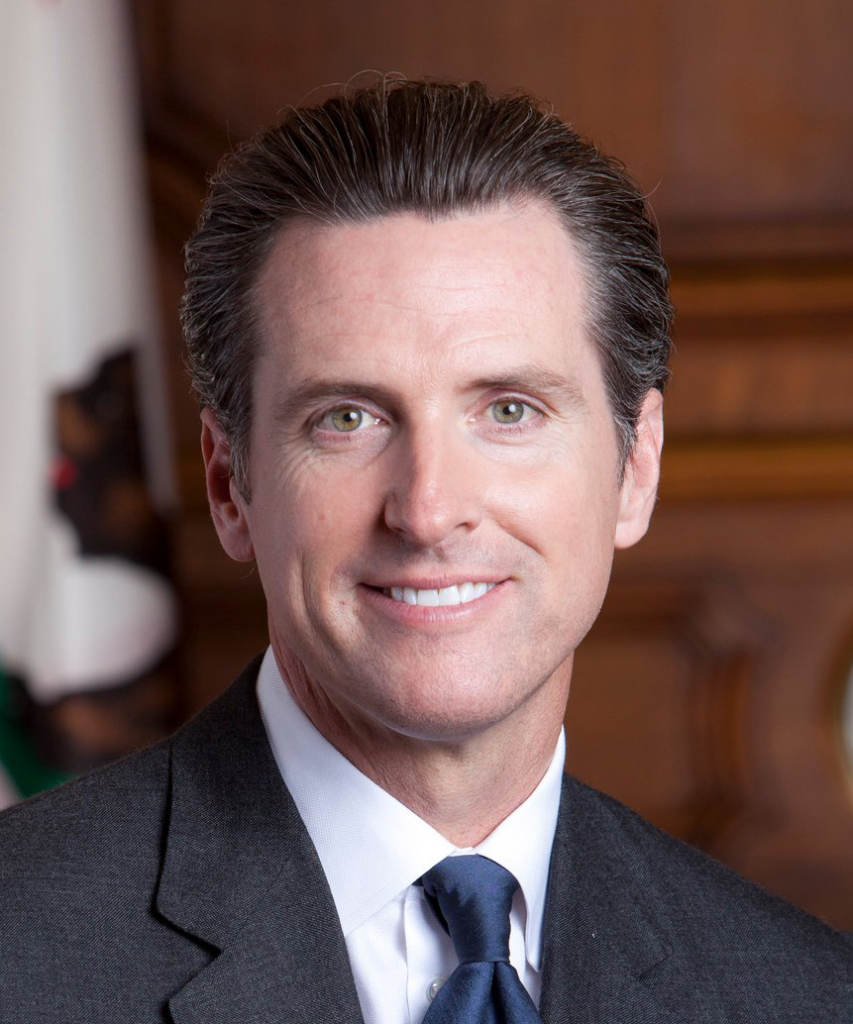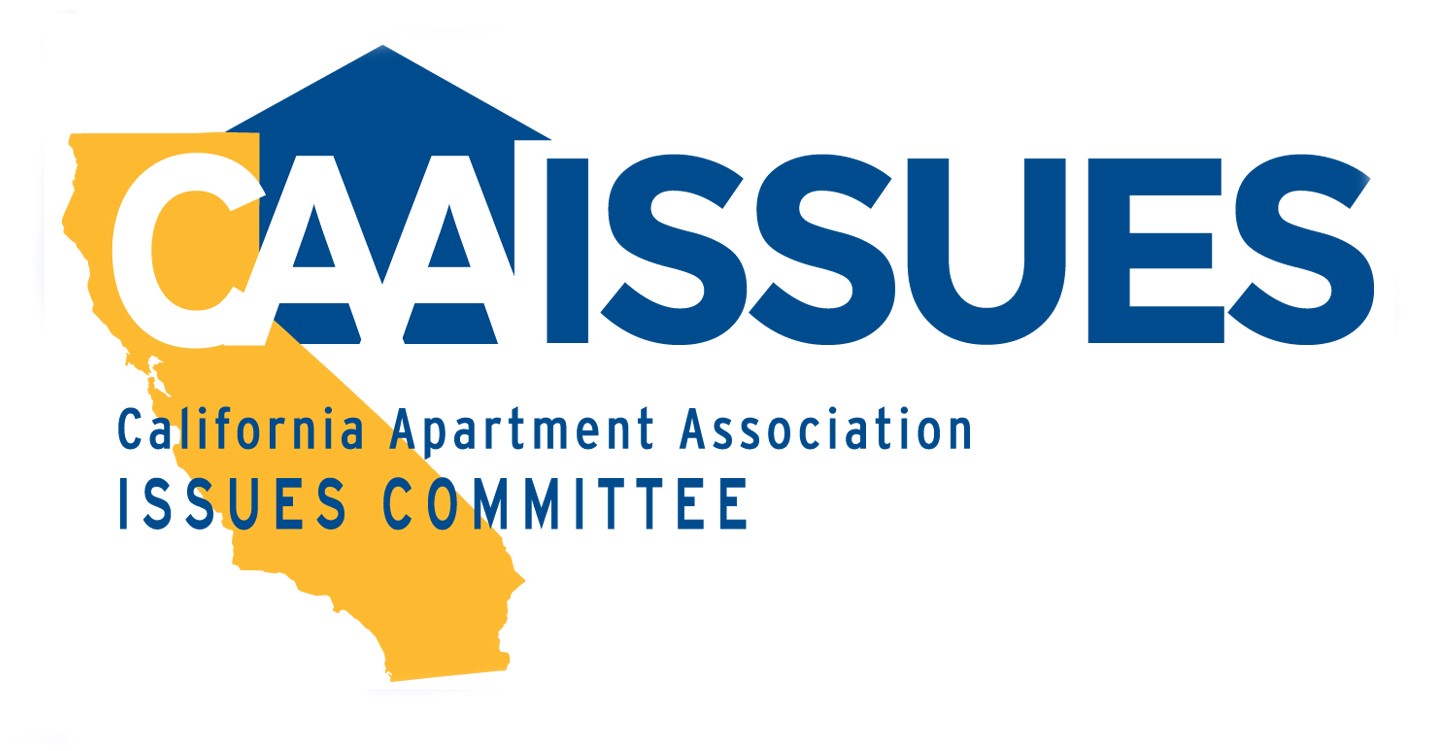Gov. Gavin Newsom on Wednesday pushed for the rapid distribution of $2.6 billion in federal rent relief headed to California from the latest COVID-19 economic stimulus package.
Newsom’s office said the funds will help both low-income Californians and small-scale landlords struggling financially from the pandemic.

The governor Wednesday also proposed a $2.4 billion Golden State Stimulus program that would send $600 to low-income Californians. Newsom also urged lawmakers to extend COVID-19 eviction protections set to expire at the end of this month.
With federal rent relief, the U.S. Treasury has until Jan. 26 deadline to distribute the funds to state and local governments.
California is getting about 10% of the $25 billion allocated for rental relief in the stimulus bill passed by Congress last month. Of California’s $2.6 billion portion, $1.4 billion will go to the state while $1.2 billion heads to “entitlement districts,” which are jurisdictions with populations over 200,000.
Local governments will probably assume responsibility for distribution, as they did with CARES Act funding, and establish their own application processes. Under the stimulus package, they will have until the end of this year to spend the money, although Newsom appears to favor a more aggressive timeline.
‘A down payment’
Tom Bannon, chief executive officer of the California Apartment Association, praised Congress for approving the rental aid, which will help lighten a backlog of unpaid rent that’s left rental property owners struggling to pay their own bills, such as mortgages, payroll and for repairs.

However helpful, the federal rent relief dollars will provide a fraction of the money owed to landlords who have gone months without collecting rent, Bannon said.
“This is a down payment to help compensate landlords for the housing they are required to provide to renters affected by the pandemic,” he added. “Just like with tenants, COVID hardships are not a landlord’s fault.”
Before the vote in Congress, members of CAA wrote to their representatives and senators, urging that the upcoming relief package include dollars to help tenants pay their rent — and landlords with tenants unable to pay because of the pandemic.
Applying and qualifying
The federal rent-relief program allows landlords to apply for help on behalf of their tenants, though the exact processes for applying will be up to the entities distributing the money. First, however, the landlord must get permission from the renter and gather information to establish eligibility. To qualify for aid, tenants must meet a variety of criteria related to income levels, hardships and employment status. States and local governments can add their own criteria on top of the standards provided by the feds.
Tenants who qualify for aid will use the funds to pay past-due rent and utility bills and upcoming rent and utility bills, with payments going directly to landlords and utility companies in most cases.
Besides dollars earmarked to help with rental payments, the stimulus package contains other aid that may help tenants cover their rent. For example, the package includes onetime payments of $600 to individuals making less than $75,000 per year or $1,200 to couples who make less than $150,000 annually. Families will receive an additional $600 per child.
These federal funds are separate from the $600 payments being proposed by Newsom.
The federal package also furnishes an additional $300 per week in unemployment benefits through mid-March. The stimulus deal also resurrects the Paycheck Protection Program for small businesses, although most landlords did not qualify for those funds in the summer.
A critical time
The stimulus package comes at a critical time for both landlords and tenants.
Amid the latest surge in COVID-related infections, stay-at-home orders and business closures, rent debt will accumulate well into the new year. Although vaccinations have begun, it will take several months to inoculate a majority of America’s workforce, a critical step in reopening the U.S. economy.
Tenants already face a mountain of rent debt.
A study by the Federal Reserve Bank of Philadelphia puts California’s unpaid rent at nearly $1.7 billion. A National Council of State Housing Agencies study, meanwhile, estimated that unpaid rent in California will hit between $3.7 billion and $5.6 billion by January.
If the latter figure is accurate, California alone would already need over one-fifth of the nation’s rent relief dollars.
The expiration of state and federal eviction moratoria also looms over lawmakers.
A federal eviction moratorium, extended by one month under the stimulus package, now expires Jan. 31, 2021 — the same day that California’s eviction moratorium sunsets.
Newsom on Wednesday urged lawmakers to move quickly in extending the tenant protections under the eviction moratorium, passed in August as AB 3088.
Last month, proposals to extend or replace California’s moratorium surfaced in the state Legislature. One bill would extend the protections of AB 3088 by two months, while the other would keep them in place until the end of 2021 while allowing local governments to add their own eviction protections, creating a hodgepodge of laws for eviction courts to interpret. The state Legislature will take up these proposals after reconvening hearings the week of Jan. 11. CAA will continue to push the state Legislature and governor to approve additional dollars to help landlords and tenants with unpaid rent.
“In 2021, the onus is on state and federal lawmakers to pass sensible legislation that helps COVID-affected tenants pay their rent,” Bannon said. “We’re all eager for the pandemic to end. Let’s make sure people have a place to call home when it does.”

